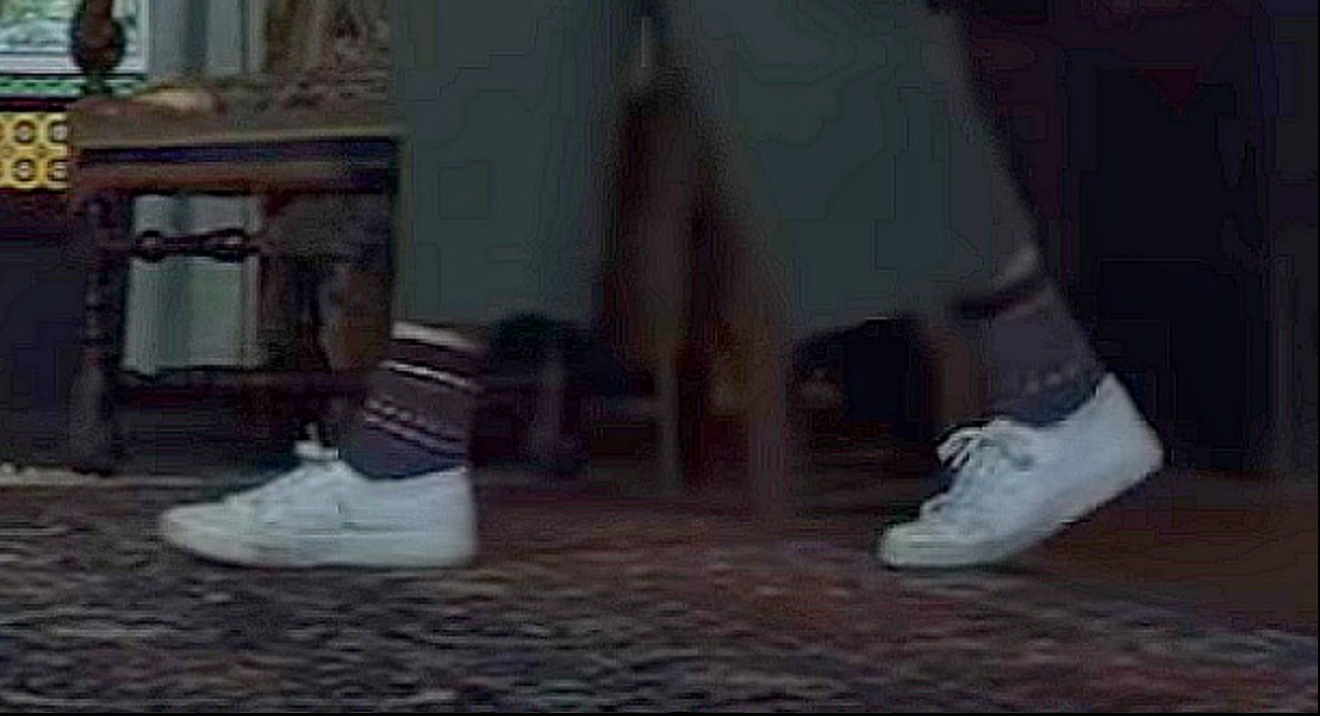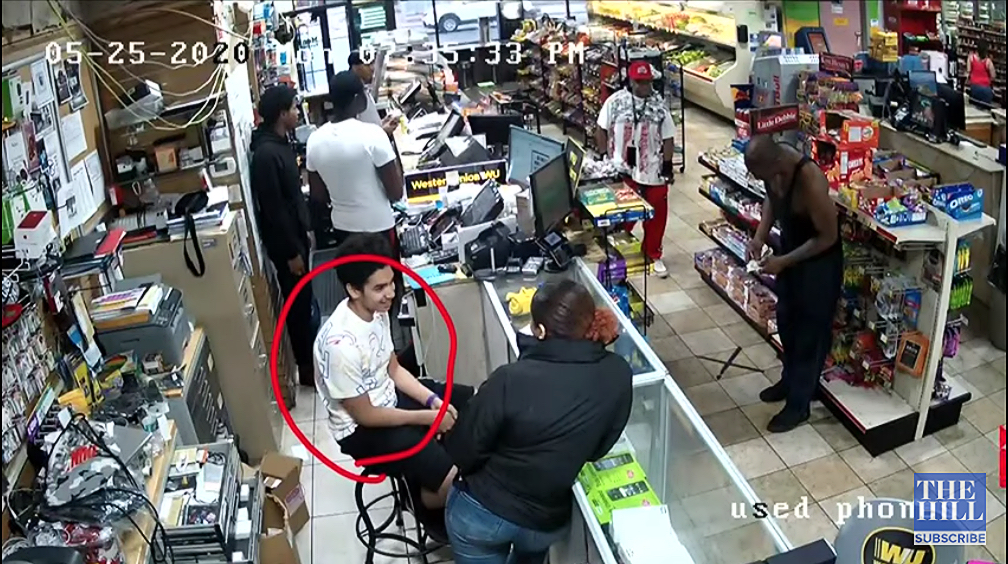…but King Kong‘s bearded, over-sized, angry-assed, middle-aged grand-nephew has more soul. He’s a decent fellow so I’m with Kong and the cute little Kong-whisperer Jia (Kaylee Hottle) even though I know he probably can’t win. He’s got a great monster roar and super-powerful arm muscles, but he just isn’t tough enough to decisively whip Fatty’s ass. And I mean especially when he’s wrestling Godzilla underwater and starts to become weaker as he runs out of breath. Owwwhhhmmmm!
Unless he’s armed with the ancient blue-light axe from Hollow Earth. Then things are evened up.
Could this be a job for MechaGodzilla, the artificial ‘Zilla created by corporate bad guy Demian Bichir? Oh, no, wait…he just killed Bichir! Smashed him like a bug! And now there’s nothing in Hong Kong left standing…the cost of rebuilding will be incalculable! Jia to Kong: “Be careful!” And then Kong yanks off MechaGodzilla’s head…yoowwwrrhhlllrrr!
But honestly? My favorite moment in the whole film came during that Hollow Earth victory scene over the prehistoric winged slime serpent when King rips his head off and drinks the green slime pouring out of the cranial cavity. Which prompts Rebecca Hall to say “That’s gross.” (Or was that Eiza González, who plays Bichir’s daughter?)
This is a movie made by deranged adolescent lunatics with too much money to spend. Okay, I didn’t mean that. Adam Wingard and the Kong vs. Godzilla producers aren’t lunatics. They’re evil winged monkeys from hell, pretending to be human. This movie actually made me feel like one of those monkeys, except I was more the old-fashioned kind with wires on my back and serving Margaret Hamilton‘s Wicked Witch of the West. I started to hop around the living room, cackling and snickering and clapping my hands as I pretended to fly.
Kong to Godzilla at the finale: “Yo…truce?”
Kong too easily flies around like a winged bat or a big helium-stuffed panda bear or a giant mosquito dressed in an ape suit. The fucker weighs hundreds and hundreds of pounds and he yet floats and leaps and falls dozens of stories and it’s all cool. This movie doesn’t respect physics!
But the screenwriters — Eric Pearson and Max Borenstein with “story” assistance from Terry Rossio, Michael Dougherty and Zach Shields — had to be on hallucinogens when they cooked up some of the more wackazoid imaginings. I respect LSD too much to suggest that you, the potential viewer, should see Godzilla vs. Kong on acid, but you could theoretically do that.
And if you were a batshit insane person to begin with, you might get more out of it that way. If you have no soul to begin with and you wouldn’t know satori or enlightenment if they bit you in the ass, why not?
This is the nuttiest, craziest, most imaginative monster destruction-derby movie I’ve ever seen in my wasted, ruined life. And, at a projected budget of $160 to $200 million, probably one of the most wasteful. But if the lower figure is true, Wingard has spent slightly less money that Rian Johnson will spend on the first Knives Out sequel, so at least there’s that.
Does it bother anyone that King Kong has a visible navel? They probably should’ve given him a large schlongola….c’mon, why not?
This movie, by the way, has three overweight characters — Brian Tyree Henry‘s “Bernie Hayes”, Julian Dennison‘s “Josh Valentine” and Fatzilla himself. Kong is actually in pretty good shape all around. Washboard abs. I think it was really cruel, however, to “contain” Kong inside a huge artificial Kong Dome on Skull Island. Leave the poor guy alone…God. Not to mention the cost.
I need to watch Ingmar Bergman‘s Wild Strawberries. Or George Cukor‘s Sylvia Scarlett. Something sane and semi-sedate. Nope, changed my mind. I’ve decided to watch John Carpenter‘s Assault on Precinct 13.
Friendo text (6:32 am Pacific): “I can’t believe you liked that corporate funded, juvenile scripted POS.”
HE reply: “‘Liked it’? It made me scream and howl. It injected feral madness into my veins. The fine fellows who made this film are evil. It’s an insane hallucinogen carpet ride. Corporate derangement syndrome. Sickness incarnate. And yet…dopey!”










